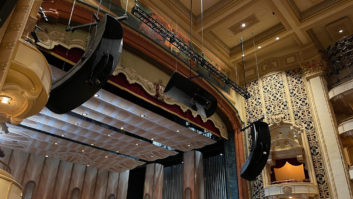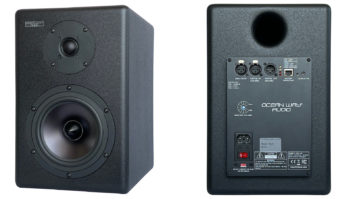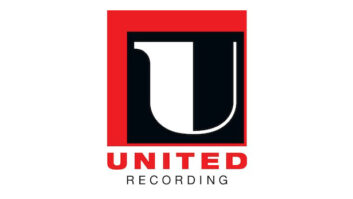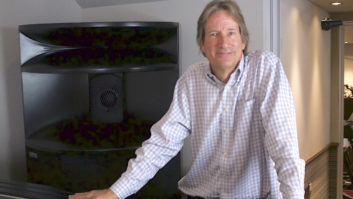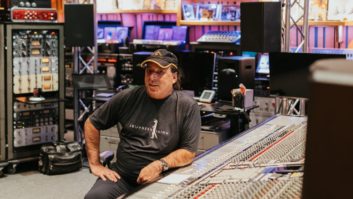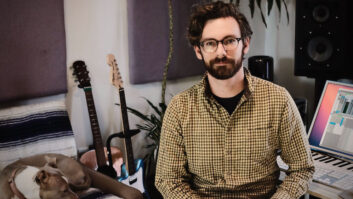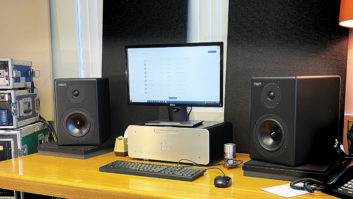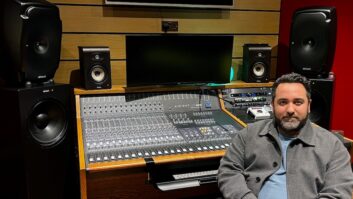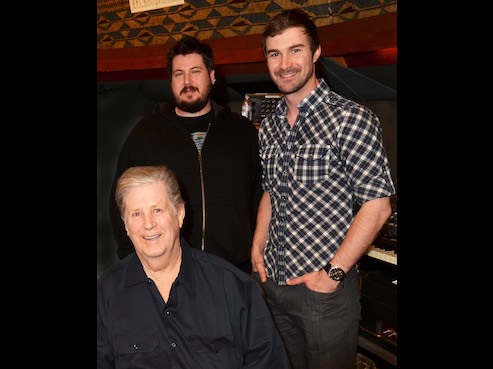
Between Brian Wilson and Ocean Way Studios, Hollywood, you’ve got a whole lot of history, and a lot of musical possibilities.
Wilson began his latest project—an upcoming album of solo performances and duets with famous guests—in the three-studio complex a year-and-a-half ago. Now, fans are waiting with baited breath to hear the tracks, which at press time were being mixed by Bob Clearmountain.
“When Brian finished that last Beach Boys record [That’s Why God Made the Radio, 2012], he soon after began work on this one,” says Ocean Way’s senior staff engineer, Wesley Seidman, who recorded the new tracks. “Brian never stops writing. He’ll come in with a vocal idea, a piano demo that he made on his Dictaphone at home or he will just sit at the piano in the live room, and quickly those ideas become a song.”
Seidman captured the performances to Pro Tools in all three of the studios at Ocean Way (A, B and D), but the engineer says Wilson prefers to do live band tracking and orchestral sections in Studio B, a room that has also hosted sessions for award-winning albums by Green Day, Radiohead, and Eric Clapton with B.B. King: “It’s just the sound and feel of the room itself, and the [custom 56-Input 8068/8088] Neve doesn’t hurt,” Seidman says. “He did almost all of the work on his solo records in there. But he also likes Studio A, where we cut a few tracks and is my favorite room for strings. We also cut a lot of the background vocals and guest vocals for the new album in D.”
Though the final track list wasn’t available at press time, Seidman reveals that guests who cut with Wilson for this upcoming album include musician/producer/label exec Don Was on bass; guitarist Dean Parks; drummers Jim Keltner and Kenny Aronoff; and in-demand vocalists such as Zooey Deschanel, country star Kacey Musgraves, Nate Ruess of Fun., and popular singer/songwriter Lana Del Rey.
Wilson’s vocals were recorded in all three rooms with a Neumann U 47. In Studio A, his voice went through the modified Focusrite console to a Teletronix LA-2A. “In D, we would go through the remote Neve pre’s into an [Universal Audio] 1176, and then toward the last third of the record, I purchased a modified API mic pre, which has amazing bandwidth, and sent the 47 through that, into an 1176. And this is all flat—Brian EQs himself by moving around the mic, which he does naturally. We also used a plethora of [UAD] reverb and delay plug-ins. This enabled us to automate the delay and reverb times for each section of the songs where desired. Brian and I both like the FX to be just right.
“It’s always a pleasure to record such a talented and professional artist like Brian,” Seidman continues. “He also is actually a very funny person. He’s one of the few people able to make me laugh out loud on a regular basis.”
One of the advantages of working in a studio with Ocean Way’s history and reputation is the opportunity to audition new equipment, alongside the vintage. On Wilson’s sessions, Seidman tried out a batch of brand-new Sanken microphones.
“Jim Pace brought us these super-high-fidelity mics—the C0-100Ks,” says Seidman whose nine years and counting at Ocean Way were preceded by stints with Nathaniel Kunkel and Conway Studios. “We tried them on drum overheads, orchestra and horn rooms—they were really amazing. We also used them on a mandolin and acoustic lap steel. Another mic they gave us was the CU-55, which is my new favorite acoustic guitar and banjo mic. It really captures the instrument as it is. It complements the dynamics, so there was no need for a compressor. It’s one of my future purchases for sure.
“Ocean Way is one of only a handful of studios left where you get the opportunity to try the latest things in a controlled environment,” Seidman says. “I also think that musicians actually play differently when they’re there. I’ve worked with a lot of these same players in other places and they’re always amazing, but it’s almost like they get into a different zone when recording in these rooms. There is something very unique about the way the rooms sound and feel at Ocean Way, to the point where I’ve had friends call me up and ask, ‘Was this done at Ocean Way?’ They can tell. They’re getting some kind of overall picture of the rooms themselves and the way people play when they record in them.”
